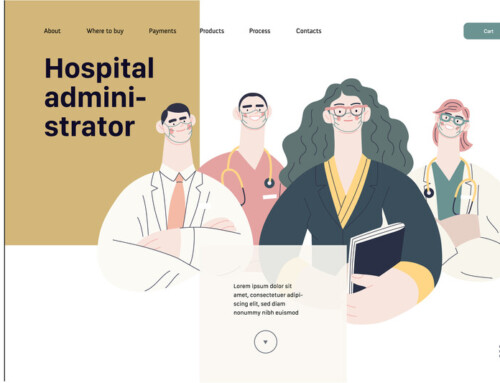
Revisions Involving Child Care Leave
1. Range of children covered by child care leave expanded
In addition to parents’ biological and adopted children, who were already considered to have a legal parent-child relationship, children under care and custody in accordance with a special adoption and children entrusted to foster parents under regular adoptions, as well as children in equivalent situations, will be added to those to whom child care applies following these revisions.
2. Requirements for fixed-term workers to obtain child care leave relaxed
Before now, a fixed-term worker was unable to obtain child care leave if 1) they did not first have the expectation of employment continuing after their child has turned one year old, and 2) there was no possibility of employment continuing until the child turned two years old.
Following the revisions, fixed-term workers may obtain child care leave under the sole condition that there is a possibility of continuous employment until the child has turned one year and six months old. (As before, such workers are required to be continuously employed for at least one year as of the time of their application to use the system.)
3. Extraordinary Childcare leave for sick/injured children can now be taken in half-day increments
Extraordinary Childcare leave (5 days a year for a parent raising one child who has yet to enter primary school; or for the limit of 10 days per year for two or more children.) had previously been taken in one-day increments, but following these revisions, it will be possible to take this type of leave in half-day increments.
Revisions Involving Nursing Care Leave
1. Range of family members covered by nursing care leave expanded
Previously, grandparents, siblings, and grandchildren were required to be living with, and dependent upon, the worker taking leave, but this requirement has been removed with the revisions. The new range of applicable family members consists of: spouse (including common-law), parents, children, spouse’s parents, grandparents, siblings, and grandchildren. Grandparents living separately are now covered by nursing care leave.
2. Nursing care leave, limited to 93 days, can now be taken in segments
Before this, leave for one family care situation could only be taken all at once, up to 93 days. However, following the revisions, nursing care leave can be taken in up to three separate increments, broadening the range of its use.
3. Work for Shortened Hours for Nursing Care purposes are now counted differently from nursing care leave; can now be used two or more times within three years
Previously, within the 93-day scope of nursing care leave, the number of days on which a worker worked shortened hours was taken from their number of nursing care leave days. This mechanism will be eliminated following the revisions. Shortened hours can be used separately from nursing care leave, twice or more within the three years following the initial use. In some cases, the need for nursing care can extend over a prolonged period, and this new system could be used for things such as dropping off and picking up family members at health care institutions.
4. Exemption from work for non-designated working hours for nursing care purposes newly established
Prior to this, exemptions from work for non-designated working hours were only available for child care leave, but following the revisions, overtime exemptions will be available for nursing care leave, as well. These exemptions can be used long-term, namely until the end of care for an applicable family member.
5. Requirements for fixed-term workers to obtain family care leave relaxed
Fixed-term workers were previously required to have the expectation of continuous employment for one year after the 93-day family care leave period. However, after these revisions, the rules will be eased to include workers for whom it is not obvious that their contracts will not be renewed no later than six months after the 93 days.
The effective period grows to nine months, or 93 days plus six months. (As before, workers in this situation are required to have been continuously employed for at least one year as of the time of their application to use the system.)
6. Extraordinary nursing care leave can now be taken in half-day increments
As with extraordinary childcare leave, extraordinary nursing care leave (a system different from standard nursing care leave, in which the worker can take 5 days per year for one applicable family member, or for the limit of 10 days per year for two or more persons) could only be taken in one-day increments as a general rule. However, following the revisions, it will be possible to take this type of leave in half-day increments.
Revisions Involving Both Child and Nursing Care Leave
1. Employers now obligated to take measures necessary to prevent harassment from other company employees (supervisors, colleagues, etc.) relating to pregnancy, childbirth, child care leave, nursing care leave, etc.
In addition to the existing ban on unfavorable treatment from employers to workers who have requested child or nursing care leave, employers will now be obligated to take measures against the worsening of the working environment of workers who have requested leave.





